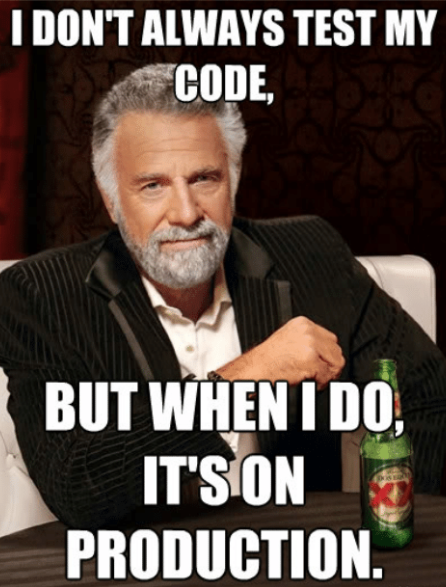A Threat Prediction Microservice, in Ten Minutes or Less

Ten years from now, it wouldn't surprise me if, instead of trading threat intel, we were trading data models (reads: 'glorified patterns and/or TTPs). It also wouldn't surprise me if the need for traditional threat intel platforms, went away…





